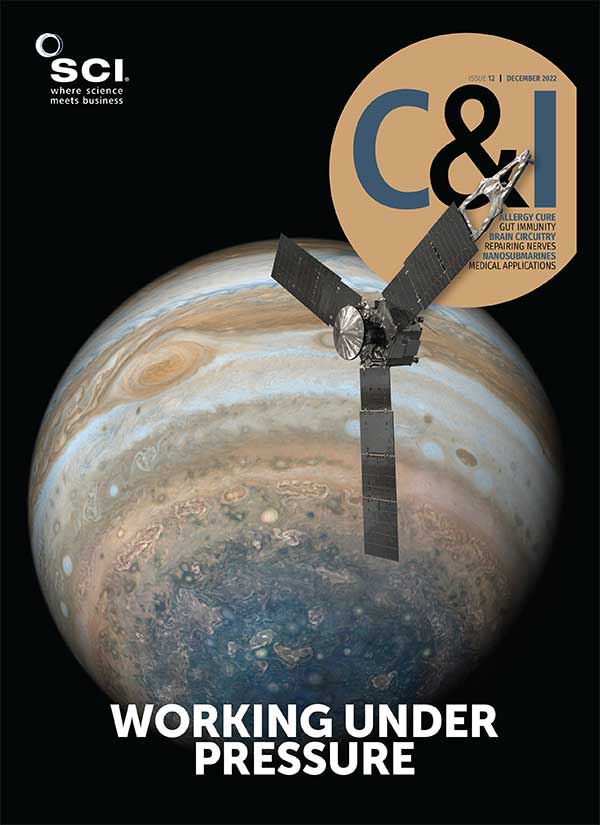Shem Oirere
The South African government is fast-tracking a plan to wean the country from dependence on fossil fuels and ramp up renewable energy sources. Transitioning from coal, which is the source of up to 86% of South Africa’s electricity supply, to wind and solar technology, would help the country cut down on carbon emissions and increase energy security.
At the 2022 UN Climate Change Conference (COP27) in November 2022, South Africa and its investment partners launched an $8.5bn plan to finance the move from coal-dependence to greener energy sources under the Just Energy Transition Investment Plan (JET-IP). The Plan has received the backing of several wealthy nations under the International Partners Group, involving France, Germany, the EU, the UK and US.
At least 90% of the funds would be used to decommission coal-fired power plants to coincide with the phased introduction of renewable energy and strengthening of South Africa’s electricity grid infrastructure. Shutting down 14 coal-fired power plants would enable energy giant Eskom – which released an estimated 1.6m t of sulfur dioxide into the air in 2019 and is ranked as the largest emitter of SO2 in the power industry globally – to contribute towards South Africa’s overall gas emissions reduction goals. Electricity generation accounts for 41% of South Africa’s CO2 emissions and coal-fired power stations provide 38.7GW of the country’s 52.5GW installed capacity.
South Africa’s Cabinet and Inter-Ministerial Committee on the energy transition plan endorsed the JET-IP that paved way for the public to give views on how South Africa can achieve a low carbon and climate resilient society.
‘The investment plan outlines government’s comprehensive priority investment and financing interventions required to achieve decarbonisation commitments and ensuring an equitable and just transition,’ says Vincent Magwenya, spokesperson for South Africa’s President Cyril Ramaphosa. The investment plan, he said, builds on COP26, where the Just Energy Transition Partnership (JETP) was initiated.
South Africa’s installed capacity comprises 38GW from coal, 1.8GW from nuclear, 2.7GW from pumped storage, 1.7GW from hydro, 3.8GW from diesel and 3.7GW from renewable energy.
JETP comes at a time when South Africa has been facing delays in the implementation of its 2011 Integrated Resource Plan (IRP) that projected an increase of renewable energy generation from 4GW at the time to over 13GW by 2025, and a cap on CO2 emissions at 600m t.
The plan, which was reviewed in 2019 and is now commonly referred to as IRP 2019, provides guidelines on how the new renewable energy generation capacities are rolled out under the Renewable Energy Independent Power Producers Procurement Programme (REIPPPP) initiative.
The initiative focuses on private sector investment in solar photovoltaic and concentrated solar, onshore wind power, small hydro, landfill gas, biomass, and biogas. At least 117 projects had been initiated by the end of 2021 with an estimated combined capacity of 6422MW. At least 3876MW of the capacity is already operational and made available to the national electricity grid.
Independent Power Producers (IPP) have committed to develop at least 18,000MW of new generation capacity under REIPPPP despite emerging changing assumptions since 2010 such as electricity demand projections, existing plant performance – especially of the power plants owned by Eskom – as well as the cost of the renewable energy technologies.
The latest project development agreements are with some of the 25 wind and solar developers that were approved in April 2021 during the fifth Bid Window of REIPPPP. They have a combined capacity of 2583MW, including 1608MW from 12 wind farms and 975MW from 13 solar PV installations.
Three of these project agreements were signed on 21 September 2022 for Coleskop Wind Power, San Kraal Wind Power and Phezukomoya Wind Power projects, all offering onshore wind energy technologies. More agreements are expected with the remaining 22 IPPs.
Separately, the Department of Mineral Resources and Energy (DMRE) opened the sixth bid window for new wind and solar projects under REIPPPP. DMRE has already received 23 wind and 33 solar PV bids with a proposed contracted capacity of 9666MW.
Currently, South Africa has a shortfall of around 4000MW of electricity due to ‘ageing power stations, poor maintenance, policy missteps and the ruinous effects of state capture,’ according to President Ramaphosa.
South Africa’s electricity crisis is one of the greatest threats to economic and social progress, Ramaphosa said, and has ‘a huge impact on the lives of all South Africans, disrupting business activities, and placing additional strains on families and communities’.





